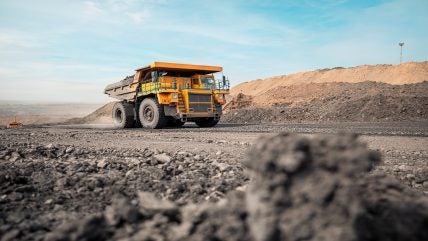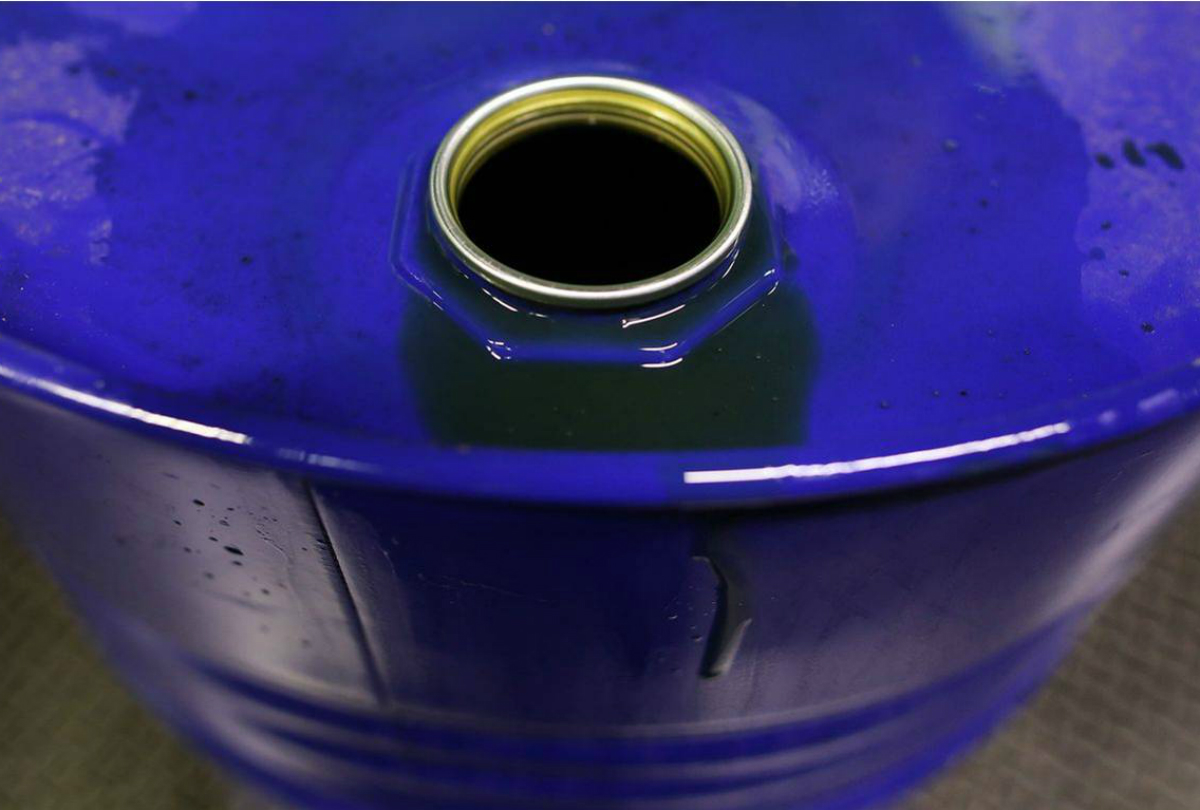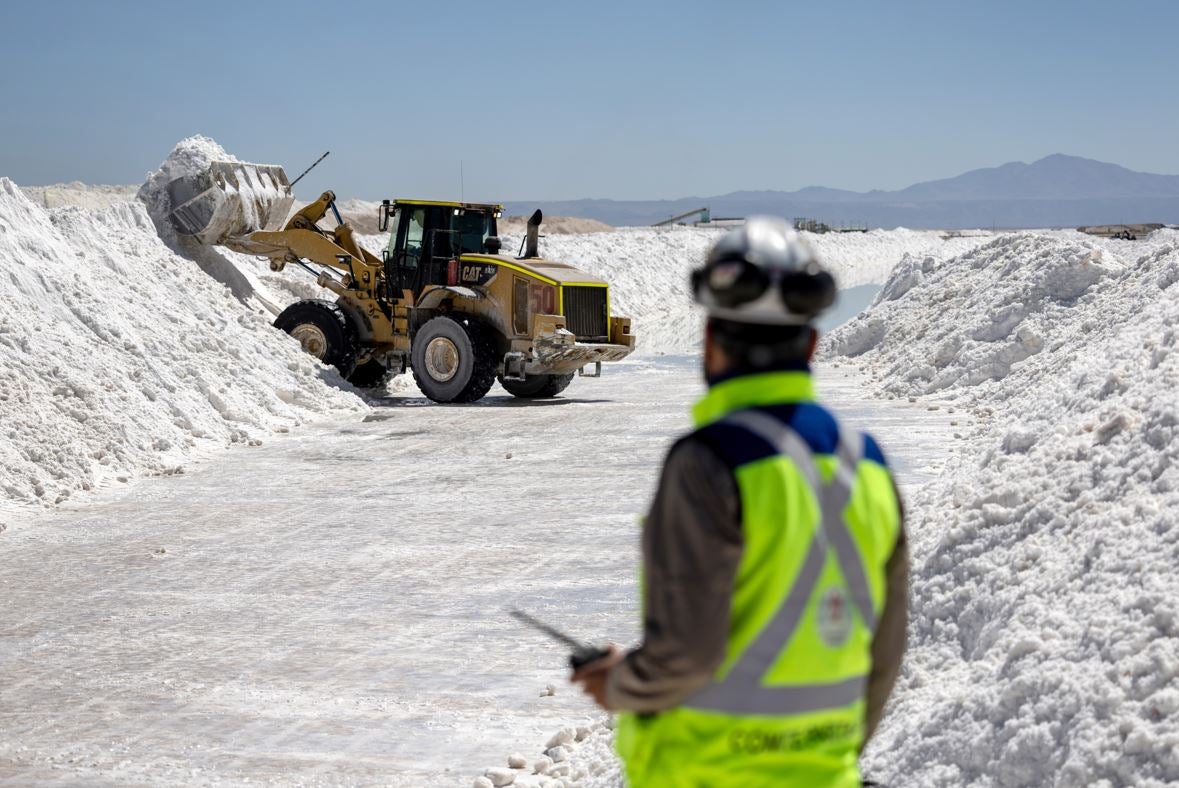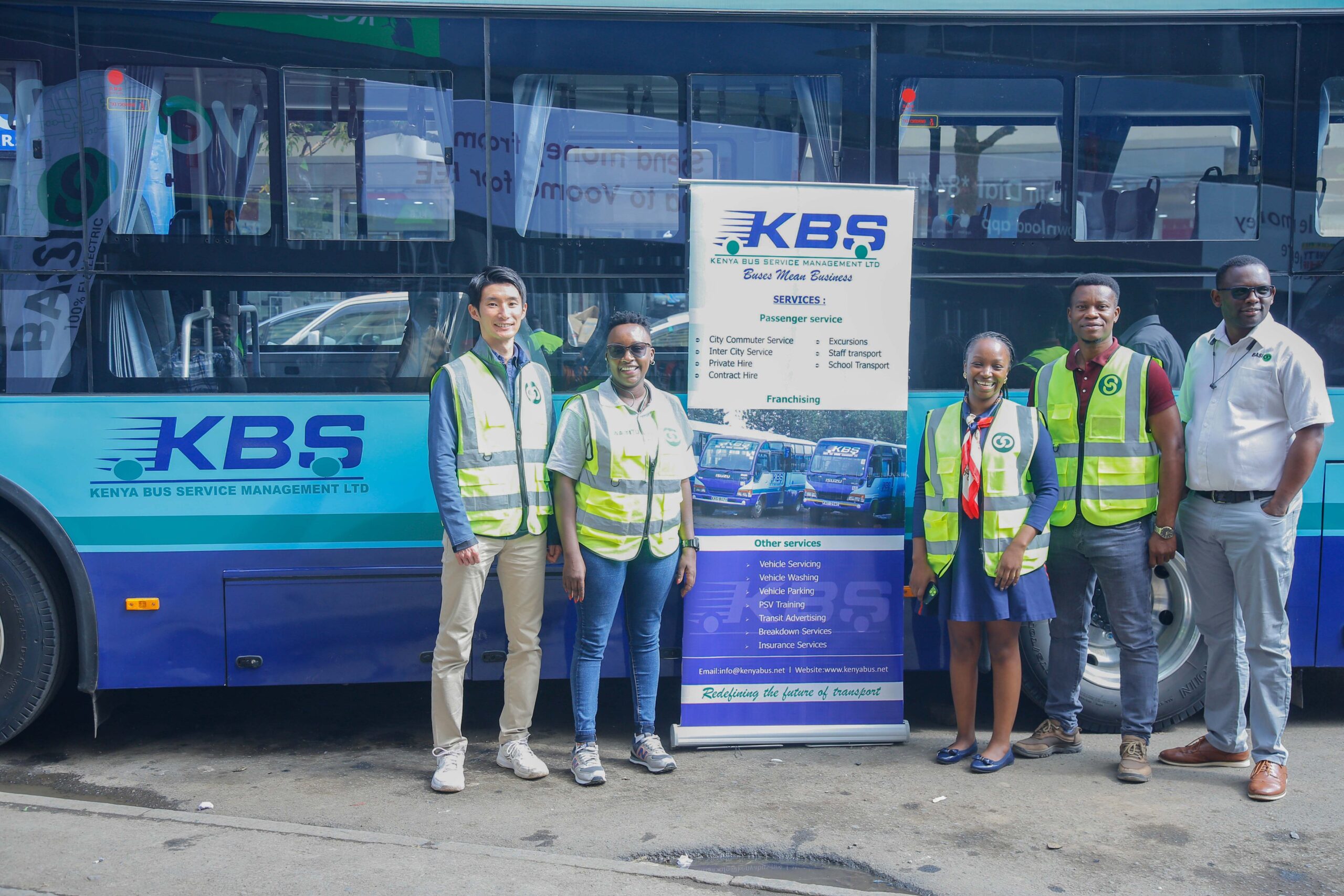
The Australian Government’s Future Made in Australia (FMIA) bill is set to drive major investments in priority industries but will only benefit critical minerals, passing over bauxite, which is excluded from the Critical Minerals List.
The industrial policy, announced by Australian Prime Minister Anthony Albanese in April 2024, aims to facilitate private sector investment in natural resources and minerals as part of the nation’s carbon-neutral goals.
Writing to parliament, the Australian Aluminium Council (AAC) has pointed out that policy support for bauxite mining will play a vital role in driving the nation’s clean energy transformation and international competitiveness.
Global bauxite production is expected to increase by 1.8% to 421.5 million tonnes (mt) in 2024. Through its derivative aluminium, bauxite serves a range of industries, including the automotive, construction, and agritech sectors.
While Australia is an international leader in this market, holding 11.7% of global total bauxite reserves, the nation faces stiff competition from Guinea and Vietnam, which account for 24.7% and 19.3%, respectively.
This competition and Australia’s abundant reserves make the inclusion of bauxite on the Critical Minerals List essential as the government plans to invest in domestic resources through the FMIA bill.
Access the most comprehensive Company Profiles on the market, powered by GlobalData. Save hours of research. Gain competitive edge.

Your download email will arrive shortly
We are confident about the unique quality of our Company Profiles. However, we want you to make the most beneficial decision for your business, so we offer a free sample that you can download by submitting the below form
By GlobalData
Australia’s approach to critical minerals
The Australian Government’s FMIA package aims to establish the country as a renewable energy superpower, attract and enable investment, strengthen economic security and support national innovation.
In the 2024-2025 Budget, A$22.7bn ($15.1bn) has been set aside to deploy capital in priority industries under a National Interest Framework (NIF).
Critical minerals and green metals are two out of five industries in the NIF earmarked for investments, with targeted support for supply chains, workforces, early-stage innovation, production and improving investment enablers.
Significant quantities of green metals, including aluminium, will be required for global and domestic energy transitions. To develop a long-term advantage and become more competitive within global metal supply chains, the government states that critical minerals should be refined and processed domestically.
However, bauxite and its derivative alumina are not included on Australia’s critical minerals list as they do not meet the criteria for operating supply chains that are vulnerable to disruption. Instead, aluminium is listed as a ‘strategic material’, which means that it is only considered to be important for strategic applications and has high geological potential and international demand.
Consequently, the bauxite industry is excluded from the Australian government’s plans for critical minerals. This includes the Critical Minerals Production Tax Incentive and the Critical Minerals National Productivity Initiative, which will reduce processing and refining costs and invest millions in infrastructure.
Australian bauxite, aluminium, and energy production
The AAC has been vocal about the inclusion of bauxite on the critical minerals list, as the organisation represents Australia’s bauxite mining, alumina refining, aluminium smelting and downstream processing industries.
In a statement released in February 2023, the AAC asserted that “Australia has a very narrow definition of critical minerals. Other countries, including our peers in Canada, the US, and Europe, identify bauxite and aluminium as critical. Australia should be aligned with its peers on critical minerals to ensure it is optimally placed to capture increasing demand”.
Aluminium was added to Australia’s Strategic Minerals List in December 2023. The AAC welcomed this inclusion but emphasised that this was only a “first step in assigning priority status” as the omission of bauxite stands.
Speaking to Mining Technology, AAC CEO Marghanita Johnson points out that “While the government does not consider the bauxite supply chain in Australia to be vulnerable as it produces substantial quantities today, this does not mean supply chains are not vulnerable to change.”
She cites Alcoa’s curtailment of its Kwinana alumina refinery in Western Australia as a prime example of this vulnerability.
In a letter to the government on 26 July, the AAC repeated its stance on the importance of bauxite mining in Australia’s ability to vie for capital in a competitive global market.
“The key to success is to ensure that Australia’s bauxite resources continue to be able to be economically accessible, that low-cost renewable energy is available and prioritised for use by industries such as the alumina and aluminium processes needed to convert the bauxite and that Australian industry is sufficiently able to attract the necessary financial support during the transition,” stated the AAC.
Energy is a major expense for mining companies and the scale of Australia’s bauxite mine reserves requires major investment in innovative energy and decarbonisation solutions.
British-Australian mining company Rio Tinto has worked closely in recent years with the Australian Renewable Energy Agency (ARENA) on pilots in renewable energy for mining operations in remote locations with no access to Australia’s main electricity grids. This includes a A$32.1m ($21.5m) pilot for hydrogen technology at the Yarwun alumina refinery in Gladstone, Queensland.
According to the AAC, bauxite mines in northern Australia are not located near any electricity grids and therefore self-generate electricity. The bauxite mines located in the southwest of Australia are largely grid-connected and will not only decarbonise at the rate of the grid but may also be able to offer some demand management.
The FMIA is allocating A$3.2bn ($2.1bn) over the next decade through ARENA to support the commercialisation of renewable technologies that are critical to net-zero transformation and could improve energy generation for mining companies.
Additionally, the new A$1.7bn ($1.1bn) FMIA Innovation Fund will assist in the deployment of innovative technologies and facilities linked directly to the government’s priority industries.
Aluminium is identified by the government as a green metal, meaning it is part of a priority industry. However, as bauxite is not a critical mineral, the industry’s eligibility for specific funds remains unclear.
As such, the Australian government is under pressure to strategically balance renewable energy progress with reduced costs to create long-term benefits that are inclusive of the bauxite mining industry.
The future of Australia’s bauxite mining industry
Questions remain about how the Australian Government can address global market competition and support critical minerals trade enhancement when bauxite is absent from major policies such as the FMIA.
According to Johnson, the long-term future for the bauxite sector in Australia is positive but it is under near-term stress.
“It has been forecast that under the reforms to the Environment Protection and Biodiversity Conservation (EPBC) Act, critical minerals will be treated differently to ‘non-critical’ minerals. Recognition as a critical mineral will help the bauxite and aluminium industry attract investment, not only to decarbonise but to position itself for long-term forecast growth,” she says.
Sustaining Australia’s output will be critical for the advancement of global bauxite production. GlobalData anticipates a marginal compound annual growth rate (CAGR) of 0.4%, which would see 432.4mt of bauxite produced in 2030.
This production level is not enough to meet global demand forecasts. Bauxite consumption is expected to grow at a CAGR of 2%, reaching 502mt by 2030, meaning Australian reserves are indispensable to the market.
As for the role of ongoing innovation and research and development (R&D) in keeping Australia competitive, Alcoa, Rio Tinto, and South32 all have their global bauxite and alumina research headquarters in Australia. Increased governmental support could prove Australia’s position as an R&D centre for the global bauxite market.
The Australian Parliament is currently considering submissions from various industries arguing for their inclusion in the FMIA bill, which will be reported on 5 September 2024.
“Predicable streamlined approvals for the whole value chain from mine to market, including infrastructure are needed to ensure alumina and aluminium can continue to be made from bauxite in Australia in the future,” concludes Johnson.
Sign up for our daily news round-up!
Give your business an edge with our leading industry insights.




